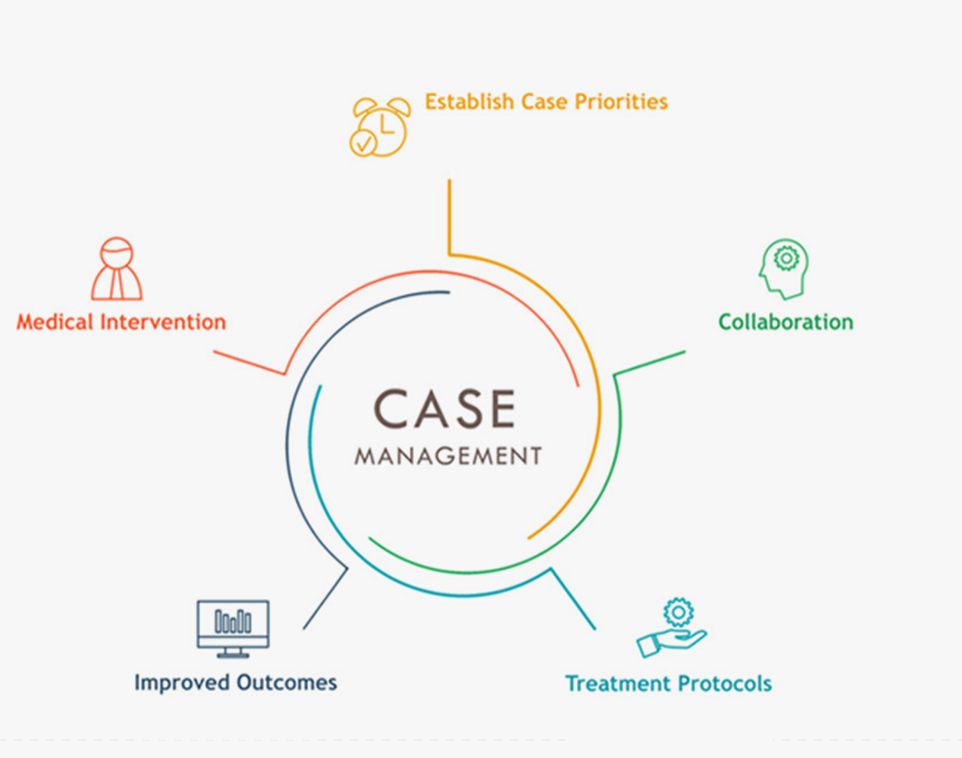In today’s fast-paced digital world, organizations face growing pressure to manage operations efficiently while ensuring accuracy and accountability. Whether you’re a legal firm juggling multiple client cases, an IT team handling technical requests, or a healthcare provider tracking patient records—issue tracking is at the core of daily operations.
But how do you keep everything organized when the information is scattered across emails, spreadsheets, and sticky notes? The answer lies in moving beyond traditional tracking methods and embracing smarter, centralized solutions.
The Problem with Traditional Issue Tracking
Traditional methods for tracking and managing issues often involve a combination of disconnected tools. Teams rely on shared drives, email threads, or even printed files to store and access case-related data. While these methods might work in small operations, they quickly fall apart as teams grow or cases become more complex.
Manual systems increase the risk of errors—such as missed deadlines, lost documents, or poor communication between departments. When multiple people work on the same issue without clear visibility or structure, confusion sets in. Delays become common. Clients and stakeholders lose trust.
This fragmentation is not just inefficient—it can be costly. Businesses waste time chasing down information that should be readily accessible. More importantly, they risk non-compliance, data breaches, or reputational harm due to mishandled information.
What “Smarter” Really Means
A smarter solution to issue tracking doesn’t just mean replacing paper with a digital file. It means transforming the entire process with intelligent, purpose-built tools. These platforms consolidate information in one place, automate routine tasks, and provide real-time visibility into the status of every case or issue.
This is where a Case Management System becomes essential. Unlike basic task trackers or spreadsheets, these systems are designed to manage the full lifecycle of a case—from initiation to resolution. Teams can assign roles, set reminders, track progress, and communicate within the platform, reducing the need for back-and-forth emails or fragmented updates.
Beyond convenience, these systems allow for better data analysis. With real-time reporting and customizable dashboards, managers can spot trends, identify bottlenecks, and make informed decisions. Whether it’s analyzing resolution time or understanding case load distribution, the right Case Management System turns raw data into actionable insight.
Core Features of a Modern Solution
An effective Case Management System brings together several features that support seamless collaboration and issue resolution. These include:
- Centralized Dashboards: A single view where users can track case status, deadlines, and team responsibilities.
- Automated Workflows: Tasks are routed automatically based on rules, saving time and minimizing manual intervention.
- Role-Based Access: Only authorized personnel can view or edit sensitive information, ensuring compliance and security.
- Integration Capabilities: Sync with your CRM, email, or file storage systems to reduce duplication and streamline processes.
- Secure Cloud Storage: All case data is stored safely, with encryption and backup features to protect against data loss.
These capabilities don’t just support the team—they empower them. Instead of spending time managing processes, staff can focus on delivering quality service.
Benefits Across Industries
The power of smarter issue tracking spans industries:
- Legal Teams streamline case documentation, track deadlines, and share updates with clients securely.
- IT Departments manage support tickets faster, prioritize urgent issues, and reduce downtime.
- Healthcare Providers track patient cases more effectively, maintain compliance with regulations, and enhance care coordination.
- Social Service Agencies monitor individual cases, share progress among departments, and ensure accountability in service delivery.
Each use case illustrates the impact of intelligent case tracking: faster responses, fewer errors, and better client satisfaction.
Real-World Impact
Consider a midsize law firm that recently implemented a modern case tracking solution. Before the transition, attorneys often missed filing deadlines due to miscommunication and scattered notes. With centralized tracking, automated alerts, and shared access to case files, the team saw a 35% reduction in delays and a notable boost in client satisfaction.
This isn’t an isolated success. Organizations across sectors are seeing similar improvements faster turnaround times, streamlined audits, and more reliable records.
What to Look for in a Smart Solution
Choosing the right platform means knowing what to prioritize. Look for solutions that are:
- Scalable: Can it grow with your organization?
- Customizable: Does it adapt to your workflow?
- User-Friendly: Will your team adopt it easily?
- Well-Supported: Is training and customer service readily available?
Budget also matters, but value goes beyond price. The right system will pay for itself in improved efficiency and reduced risk.
Training and Adoption: Ensuring a Smooth Transition
Even the best platform can fall short without proper adoption. That’s why it’s crucial to invest in onboarding and training. A smarter system should come with intuitive navigation and in-app guidance so teams can learn quickly. Role-specific training modules and user support also go a long way in ensuring successful implementation. When users understand the value and ease of the system, adoption becomes natural, not forced.
The Role of Data in Continuous Improvement
One of the most underrated advantages of modern systems is the data they generate. Every case interaction, status update, or resolution time contributes to a wealth of insights. By analyzing this data, organizations can identify patterns, optimize workflows, and proactively address recurring issues. Over time, this leads to a culture of continuous improvement where decisions are driven by evidence, not assumptions.
Enhancing Collaboration Across Teams
When departments operate in silos, vital information often falls through the cracks. A smarter tracking solution breaks down these barriers by providing a centralized platform for real-time collaboration. Whether it’s legal working with finance, or IT coordinating with HR, teams can share updates, documents, and tasks without duplicating effort or losing context. This transparency builds trust and ensures that everyone is aligned around the same goals.
Meeting Compliance and Security Demands
In industries handling sensitive information like healthcare, finance, or legal compliance and data security are non-negotiable. Smart systems are built with these concerns in mind. They offer audit trails, encryption, and access controls that help meet regulatory standards such as HIPAA, GDPR, or SOC 2. This not only protects the organization from legal risk but also builds credibility with clients and stakeholders who expect their data to be handled responsibly.
Conclusion
Smart issue tracking isn’t a luxury it’s a necessity for organizations that want to stay competitive and compliant. By moving away from outdated methods and adopting a modern Case Management System, teams can work more efficiently, communicate better, and deliver results faster. Visit




